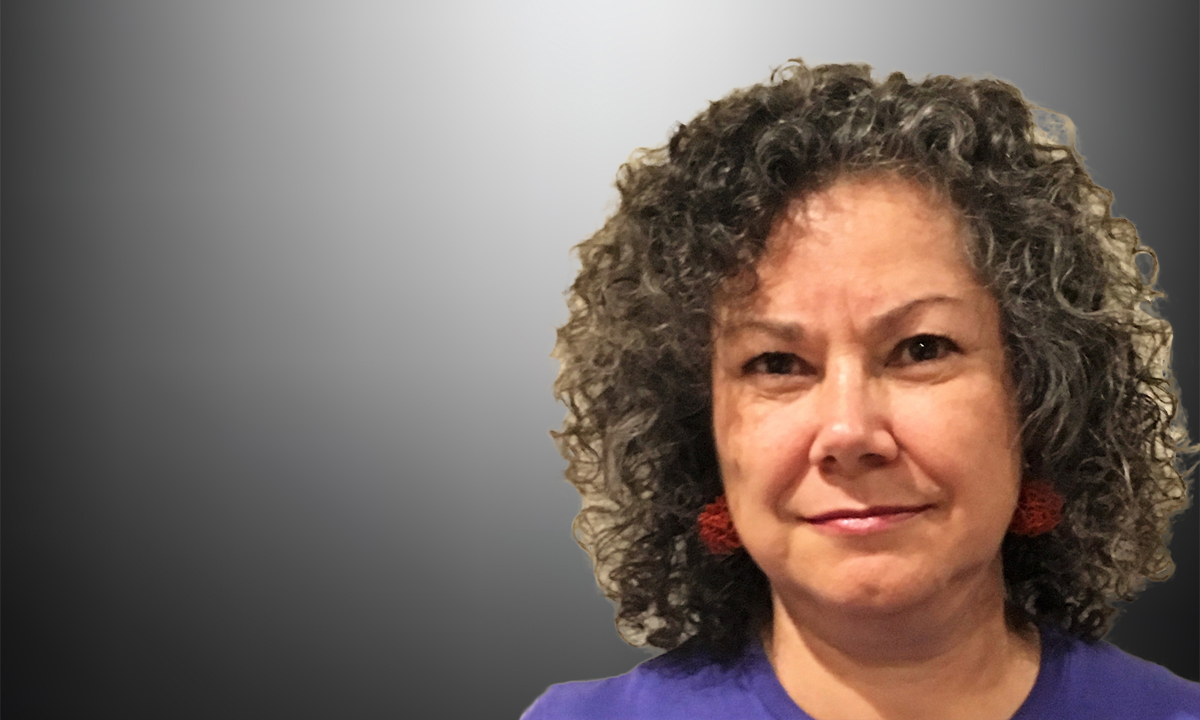MOST people working in medicine are familiar with the term “scope of practice”, but many of us may not have thought much about how guidelines are developed or regulated.
As more intra- and inter-professional problems occur, however, we may find that the structures for doing so are not as robust as we may hope.
For many in the medical profession, scope of practice naturally flows from training in an organised system, being credentialed and working in a regulated organisation.
So, for example, we know what to expect an orthopaedic surgeon to do, or a paediatrician, or the range of services provided by a GP.
Within the hospital, these roles have also developed over time. Some blurring has occurred with the expansion of advanced clinical practice for nurses and the development of the nurse practitioner role – largely managed by negotiation, written guidelines and registration.
You may be surprised, however, to find that the law doesn’t add much clarity. The Health Practitioner National Law (enacted in each state) governs practice of all the registered health care professions (the NSW version is available here).
The National Law was the culmination of a long process motivated by the Productivity Commission’s Health Workforce report of 2005. The stated aim was to improve health workforce productivity by (among other things) “facilitating workplace change and job innovation”.
The National Law defines the structure and functions of the different professional boards. Section 38 calls for the National Board to develop “registration standards”, which are stated to include requirements for professional indemnity insurance, continuing education, and other fitness-to-practice matters. Subsection (2)(b) also allows for the Board to develop a standard for “(b) the scope of practice of health practitioners registered in the profession”.
Looking at the various National Board standards, there is a consistent format for standards relating to continuing education, possession of indemnity insurance, recency of practice, criminal history, and English language skills. Only the Dental Board has defined a scope of practice.
How is the public to know, then, what a registered health care provider is authorised to provide?
While this issue only deals with the margins of some of the professions (eg, cosmetic procedures in medicine and nursing), for others, there are fundamental gaps.
You may remember the controversy surrounding the practice of a chiropractor who was seen on video manipulating the back of a newborn baby, eliciting a loud “snap”. The practice of chiropractic “manipulation” of babies has been discussed here before. We know that there is no evidence of “spinal trauma” from the birth process in most infants, and there is no evidence that the elusive chiropractic “subluxation” exists at all, and yet, adjustment of newborns is routine practice for many Australian chiropractors.
Is it time for each professional board to define an evidence-based “scope of practice”?
Dr Sue Ieraci is a specialist emergency physician with 30 years’ experience in the public hospital system. Her particular interests include policy development and health system design, and she has held roles in medical regulation and management. She is an executive member of Friends of Science in Medicine.
To find a doctor, or a job, to use GP Desktop and Doctors Health, book and track your CPD, and buy textbooks and guidelines, visit doctorportal.

 more_vert
more_vert
Anonymous Chiro says that some babies receive “spinal trauma” during birth – a condition unknown to Neonatologists and paediatricians. What is the nature of this “spinal trauma”? I have seen no evidence that spinal assessment or adjustment in babies is based on any science, “anonymous” chiro. Can you provide some?
Also, I suspect that paediatric orthopaedic surgeons, physios and neurologists would be astounded to think that a chiro considers themselves to be “the most qualified” to assess spinal injury in newborns.
Thanks for your response – it is very instructive. This is exactly the reason why we need scope of practice defined.
I agree that most babies don’t receive spinal trauma during the birthing process, however some do, esp. this born using vacuum extraction and forceps techniques. Babies and toddlers also fall off change tables, their head is sometimes unsupported when carrying them, they get put into papusses, walkers and jolly-jumpers and get smacked on their backs to get wind up. These babies require examination by a chiropractor with suitable skills in this area and care to be administered if required. Not every baby requires chiropractic treatment, I agree, however every baby’s spine should be assessed by a professional in this area, and at the moment, the most qualified are chiropractors who have undergone further education in paediatric care.